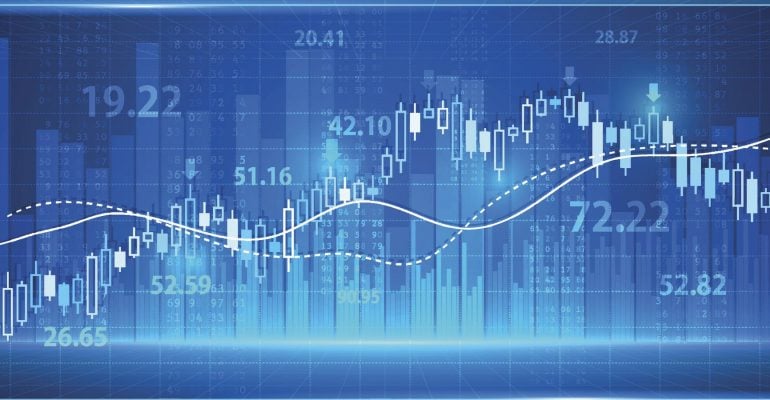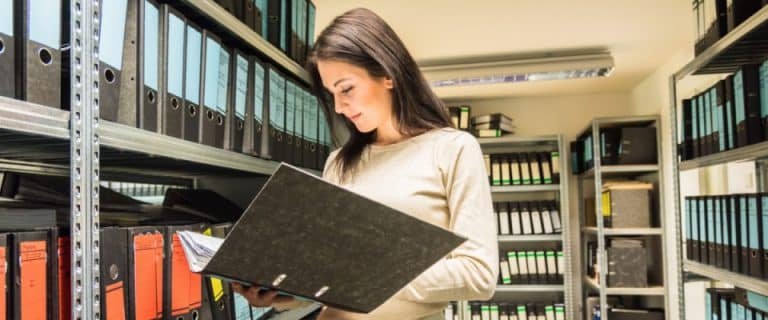Monetary Policy: Safeguarding Economies in Times of Crisis
September 14, 2023 2023-09-14 13:45Monetary Policy: Safeguarding Economies in Times of Crisis
Introduction
The video, which can be accessed at this link, provides an in-depth exploration of the indispensable role of monetary policy in addressing significant economic crises. Focusing primarily on two landmark events—the Global Financial Crisis (GFC) and the ongoing COVID-19 pandemic—the video uncovers the strategic actions taken by central banks to stabilize economies during turbulent times. This discussion holds immense importance as it reveals the intricate mechanisms behind managing economic upheavals and offers insights into the vital role monetary policy plays in safeguarding financial systems.
The Global Financial Crisis (GFC)
The video commences with an examination of the GFC, a pivotal moment in economic history that rocked global financial markets in 2008. At the heart of the discussion is how monetary policy served as a beacon of hope during these dire times. Central banks, notably the Federal Reserve in the United States, implemented expansionary monetary policies to counteract the devastating effects of the crisis. They lowered interest rates to encourage borrowing, spending, and investment, while simultaneously launching quantitative easing initiatives to infuse liquidity into the financial system. These measures sought to reignite economic growth and bring stability back to a teetering global economy.
The COVID-19 Pandemic
As the video unfolds, it turns its lens towards the COVID-19 pandemic—a crisis of unparalleled magnitude that unleashed both health and economic challenges worldwide. In the face of this novel crisis, central banks globally responded with unprecedented monetary policy measures. Interest rates were swiftly lowered to historic lows, and large-scale asset purchase programs were initiated to prop up financial markets. These actions aimed to mitigate the economic turmoil induced by the pandemic, ensuring the continued functioning of financial systems and bolstering investor confidence.
The Role of Monetary Policy
The crux of the video’s narrative centers on the pivotal role of monetary policy in both crises. It emphasizes how these measures were instrumental in stabilizing financial markets, maintaining liquidity, and promoting economic growth. By providing a comprehensive overview of the tools employed, such as interest rate adjustments, asset purchases, and liquidity injections, the video elucidates how central banks wield monetary policy as a potent instrument for crisis management.
Challenges and Limitations
No discussion of monetary policy in crisis management would be complete without an examination of the challenges and limitations involved. The video acknowledges concerns about the potential inflationary impact of these policies and the risk of asset bubbles forming. It underscores the delicate balancing act that central banks must perform to achieve economic stability without sowing the seeds of future instability.
Comparative Analysis
Drawing upon the experiences of both the GFC and the COVID-19 pandemic, the video offers a comparative analysis of the monetary policy responses. It highlights the lessons learned from the past crisis and the adaptability demonstrated by central banks in the face of evolving economic challenges. This analytical perspective adds depth to the understanding of how monetary policy can be tailored to specific circumstances.
Conclusion
In conclusion, the video serves as an informative and insightful exploration of the indispensable role of monetary policy in managing economic crises. By delving into the responses to the GFC and the ongoing COVID-19 pandemic, it underscores the crucial nature of adaptive and strategic policymaking in maintaining economic stability and fostering recovery during tumultuous times. The experiences shared in the video exemplify how monetary policy continues to be a linchpin in safeguarding economies and financial systems from the ravages of crises.























